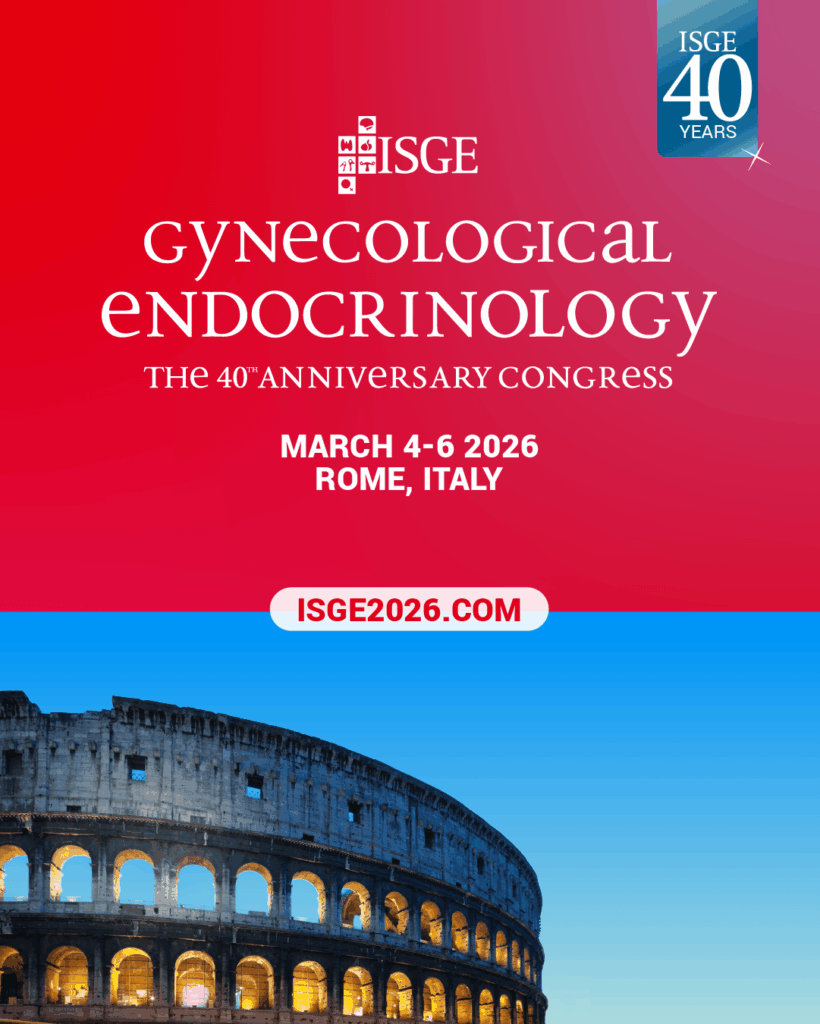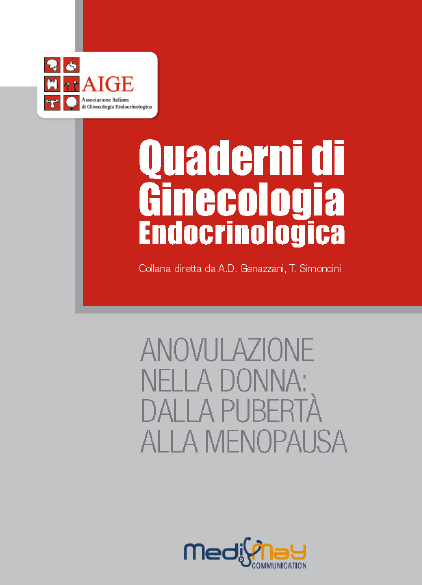-
Dah-Ching Ding, Weishan Chen, Jen-Hung Wang, Shinn-Zong Lin
Association between polycystic ovarian syndrome and endometrial, ovarian, and breast cancer: A population-based cohort study in Taiwan
Medicine (2018) 97:39(e12608)
Download
Abstract
Polycystic ovary syndrome (PCOS) is a common endocrine disorder among the women of reproductive age. We conducted a nationwide population-based retrospective cohort study to analyze the association between PCOS and the subsequent development of gynecological cancers, namely endometrial, breast, and ovarian cancer.
For this population-based cohort study, we used the Taiwan National Health Insurance Research Database, which contains information on approximately 24.7 million insured individuals. The cohort included women who had received a diagnosis of PCOS between 1998 and 2013. An age-matched systematic random-sampling method with a ratio of 1:4 was used for patient selection for the non-PCOS reference cohort. Multivariate Cox proportional hazard regression analysis was used to determine the effects of PCOS on the risks of gynecologic and breast cancer. The data are presented as hazard ratios (HRs) with 95% confidence intervals (CIs).
The PCOS cohort consisted of 8155 patients with PCOS, and the comparison cohort consisted of 32,620 matched patients without PCOS. The incidence of endometrial cancer was 226 and 15 per 100,000 person-years in the PCOS and comparison groups, respectively. A statistically significant higher risk of endometrial cancer was found in the PCOS cohort (adjusted HR [aHR]= 17.7, 95% CI=4.9–64.2) than in the comparison cohort. However, no association was observed between PCOS and ovarian (aHR= 1.64, 95% CI: 0.63–4.27) or breast cancer (aHR=0.98, 95% CI: 0.58–1.65).
The results of this large population-based cohort study supported the premise that women with PCOS might have an increased risk of endometrial cancer, but no association between PCOS and the risks of ovarian and breast cancer was found.
-
Walters KA, Gilchrist RB, Ledger WL, Teede HJ, Handelsman DJ, Campbell RE.
New Perspectives on the Pathogenesis of PCOS: Neuroendocrine Origins
Trends Endocrinol Metab. 2018 Sep 5. doi: 10.1016/j.tem.2018.08.005
Download
Abstract
Polycystic ovary syndrome (PCOS) is the most common endocrine condition in reproductive-aged women. It is characterized by reproductive, endocrine, metabolic, and psychological features. The cause of PCOS is unknown, thus there is no cure and its management remains suboptimal because it relies on the ad hoc empirical management of symptoms only. We review here the strong support for PCOS having a neuroendocrine origin. In particular, we focus on the role of aberrant hypothalamic-pituitary function and associated hyperandrogenism, and their role as major drivers of the mechanisms underpinning the development of PCOS. This important information now provides a target site and a potential mechanism for the future development of novel, targeted, and mechanism-based effective therapies for the treatment of PCOS.
-
Adriana Catharina Helena Neven, Joop Laven, Helena J. Teede, Jacqueline A. Boyle,
A Summary on Polycystic Ovary Syndrome: Diagnostic Criteria, Prevalence, Clinical Manifestations, and Management According to the Latest International Guidelines
Semin Reprod Med 2018;36:5–12
Download
Abstract
Polycystic ovary syndrome (PCOS) is a common hormonal condition with reproductive, metabolic, and psychological sequelae. The Rotterdam Criteria are now internationally accepted, with different phenotypes recognized with varying clinical presentations and risk profiles. The complexity of the disorder, and the impact on quality of life, requires timely diagnosis, screening for complications and management strategies. PCOS remains underdiagnosed and women experience significant delays to diagnosis.
Effective dissemination of evidence-based management is therefore vital. In this review, we summarize key aspects of PCOS as a prelude to this issue of Seminars in Reproductive Medicine on PCOS which focuses on the development of the international evidence-based guideline on the assessment andmanagement of PCOS and the related translation program. We cover diagnostic criteria, prevalence, phenotypes, reproductive, metabolic, and psychological factors of PCOS. We also cover management strategies including lifestyle interventions as well as treatment of nonreproductive outcomes and reproductive outcomes informed by the latest international evidencebased guidelines.
-
Nelsilene Carvalho, Deborah Margatho, Kleber Cursino, Cristina L. Benetti-Pinto, Luis Bahamondes
Control of endometriosis-associated pain with etonogestrel-releasing contraceptive implant and 52-mg levonorgestrel-releasing intrauterine system: randomized clinical trial
Fertil Steril_ 2018;110:1129–36
Download
Abstract
Objective: To assess the efficacy of an etonogestrel (ENG)-releasing contraceptive implant or the 52-mg levonorgestrel-releasing intrauterine system (LNG-IUS) in the control of endometriosis-associated pelvic pain.
Design: Noninferiority randomized clinical trial in which women with endometriosis were assigned to use an ENG implant (experimental treatment) or an LNG-IUS (active comparator). Monthly follow-up visits were conducted up to 6 months.
Setting: University teaching hospital.
Patient(s): One hundred three women, with endometriosis-associated chronic pelvic pain, dysmenorrhea, or both for more than 6 months. In cases of deep endometriosis, vaginal ultrasonography and magnetic resonance imaging were used as additional diagnostic tools.
Intervention(s): The ENG implant or the LNG-IUS were inserted within the first 5 days of the menstrual cycle.
Main Outcome Measure(s): Daily scores of noncyclic pelvic pain and dysmenorrhea were evaluated using a daily visual analogue scale. Health-related quality of life was evaluated using the Endometriosis Health Profile-30 questionnaire at baseline and up to 6 months. Bleeding patterns were assessed daily from a menstrual calendar.
Result(s): Both contraceptives improved significantly the mean visual analogue scale endometriosis-associated pelvic pain and dysmenorrhea, without significant differences between treatment group profiles. Health-related quality of life improved significantly in all domains of the core and modular segments of the Endometriosis Health Profile-30 questionnaire, with no difference between both treatment groups. The most common bleeding patterns at 180 days of follow-up were amenorrhea and infrequent bleeding and infrequent bleeding and spotting among ENG implant and LNG-IUS users, respectively.
Conclusion(s): In this noninferiority study both contraceptives improved significantly pelvic pain, dysmenorrhea, and health-related quality of life in endometriosis.
-
James Kent, William C. Dodson, Allen Kunselman, Jaimey Pauli, Alicia Stone, Michael P. Diamond, Christos Coutifaris, William D. Schlaff, Ruben Alvero, Peter Casson, Gregory M. Christman, R. Mitchell Rosen, Karl R. Hansen, Randall D. Robinson, Valerie Baker, Rebecca Usadi, Nanette Santoro, Heping Zhang, Esther Eisenberg, Richard S. Legro
Gestational Weight Gain in Women With Polycystic Ovary Syndrome: A Controlled Study
J Clin Endocrinol Metab, November 2018, 103(11):4315–4323
Download
Context: Women with polycystic ovary syndrome (PCOS) have increased risk for pregnancy complications, possibly related to pre-existing obesity and excessive gestational weight gain (GWG).
Objectives: To assess the contributions of diagnosis and preconception weight on GWG and perinatal outcomes.
Research Design and Methods: Prospective cohort study of singleton pregnancies in PCOS (n = 164) and ovulatory controls (n = 176) from infertility treatment.
Main Outcome Measures: GWG, birthweight, pregnancy complications.
Results: From preconception baseline, normal-weight women with PCOS gained 2.3 pounds more during the first trimester (95% CI, 0.3 to 4.3; P = 0.02), and by the end of the second trimester, 4.2 pounds more than controls (95% CI, 0.7 to 7.7; P = 0.02). Women who were overweight with PCOS gained significantly more weight than did controls by the end of the second trimester (5.2 pounds; 95% CI, 0.2 to 10.2; P = 0.04), whereas women with obesity and PCOS and control women had similar weight gain throughout pregnancy. Within normal-weight, overweight, and obese groups, prevalence of pre-eclampsia and gestational diabetes did not differ between the PCOS and control groups, nor was there a difference in birthweight. Preconception body mass index (BMI) was significantly associated with GWG; for every 1-kg/m2 increase in preconception BMI, GWG decreased by 0.62 pounds (95% CI, 20.85 to 20.40; P < 0.001).
Conclusions: Women with PCOS who are of normal weight or are overweight before conception experience more GWG than do ovulatory controls. Within normal-weight, overweight, and obese groups, rates of perinatal complications do not significantly differ between women with PCOS and controls. Preconception BMI is the strongest predictor of GWG.
-
Susan R. Davis, Penelope J. Robinson, Fiona Jane, Shane White, Michelle White,Robin J. Bell
Intravaginal Testosterone Improves Sexual Satisfaction and Vaginal Symptoms Associated With Aromatase Inhibitors
J Clin Endocrinol Metab 103: 4146–4154, 2018
Abstract
Context: Intravaginal testosterone (IVT) is a potential treatment of vulvovaginal atrophy (VVA) associated with aromatase inhibitor (AI) use.
Objective: To investigate the effects of IVT on sexual satisfaction, vaginal symptoms, and urinary incontinence (UI) associated with AI use.
Design: Double-blind, randomized, placebo-controlled trial.
Setting: Academic clinical research center.
Participants: Postmenopausal women taking an AI with VVA symptoms.
Intervention: IVT cream (300 mg per dose) or identical placebo, self-administered daily for 2 weeks and then thrice weekly for 24 weeks.
Main Outcomes and Measures: The primary outcome was the change in the sexual satisfaction score on the Female Sexual Function Index (FSFI). Secondary outcomes included vaginal symptoms and responses to the Profile of Female Sexual Function, the Female Sexual Distress Scale–Revised (FSDS-R), and the Questionnaire for UI Diagnosis. Serum sex steroids were measured.
Results: A total of 44 women were randomly assigned and 37 provided evaluable data, (mean age 56.4 years, SD 8.8 years). At 26 weeks, the mean between-group difference in the baseline-adjusted change in FSFI satisfaction scores was significantly greater for the IVT group than the placebo group (mean difference 0.73 units; 95% CI, 0.02 to 1.43; P = 0.043). IVT cream resulted in significant improvements, compared with placebo, in FSDS-R scores (P = 0.02), sexual concerns (P , 0.001), sexual responsiveness (P,0.001), vaginal dryness (P = 0.009), and dyspareunia (P = 0.014). Serum sex steroid levels did not change. Few women had UI symptoms, with no treatment effect.
Conclusion: IVT significantly improved sexual satisfaction and reduced dyspareunia in postmenopausal women on AI therapy. The low reporting of UI among women on AI therapy merits further investigation.
-
Eszter Vanky, & Rønnaug Ødegård
Metformin in pregnancy – safe or sorry?
Fertil Steril 2018, 110: 406-407Download
Abstract
Given the increasing incidence of overweight and obesity among young women and the subsequent high prevalence of type 2 diabetes mellitus and gestational diabetes mellitus, metformin treatment during pregnancy is increasing worldwide. A new study reports that metformin exposure in the first trimester of pregnancy does not increase the risk of congenital anomalies.






